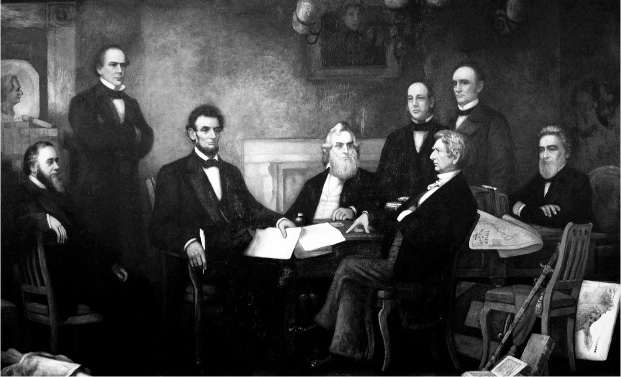From Antietam to Chancellorsville: September 1862 to May 1863The Emancipation Proclamation |
What did Lincoln do in the aftermath of the Battle of Antietam? |
Lincoln was infuriated that McClellan did not pursue Lee’s army, but in another sense his moment had finally come. For months, Lincoln had been mulling the idea of emancipation, occasionally discussing it with his Cabinet and writing various drafts. Now, with a major Union victory in the field, he felt able to release it to the world. Therefore, on September 22, 1862, Lincoln took the step. He began with these words:
“I, Abraham Lincoln, President of the United States of America, and commander-in-chief of the army and navy thereof, do hereby proclaim and declare that hereafter, as heretofore, the war will be prosecuted for the object of practically restoring the constitutional relation between the United States and each of the states, and the people thereof.” In other words, the issue of Union versus disunion continued, officially, to be the main reason for the war. But Lincoln did not stop there.

This 1864 painting by artist Francis Bicknell Carpenter recreates the scene of the first reading of the Emancipation Proclamation. Shown are (left to right) Secretary of War Edwin M. Stanton, Secretary of the Treasury Salmon P. Chase, President Lincoln, Secretary of the Navy Gideon Welles, Secretary of the Interior Caleb Blood Smith, Secretary of State William H. Seward, U.S. Postmaster General Montgomery Blair, and U.S. Attorney General Edward Bates.
